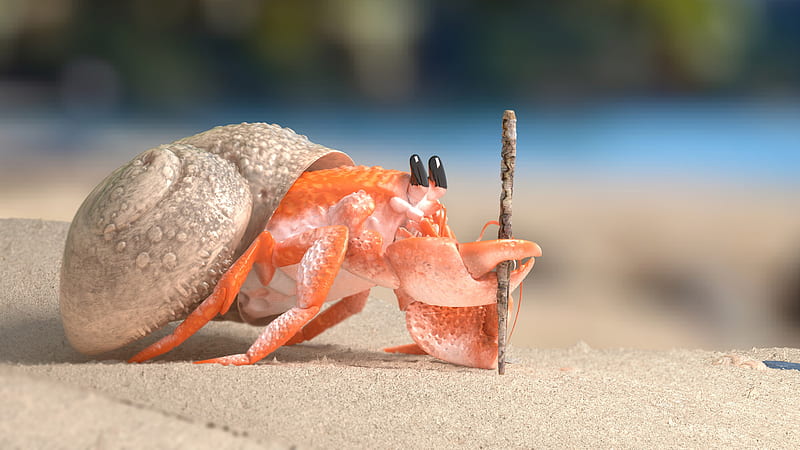Welcome to our new post! In this article, I will introduce you to some curiosities about metamorphosis. In this video you will learn how metamorphosis occurs and some examples of animals. Get ready to learn amazing things about this amazing process and surprise your friends with these interesting facts.
The word metamorphosis derives from the Greek and comes from the words meta (beyond), morphé (form) and -osis (change of state). Metamorphosis drastically changes the appearance naturally, changes in the physiology of the animal can also be observed. All this process has a great impact on the behavior, way of life and metabolism of the animal.
When we hear about metamorphosis, the first thing that comes to mind is butterflies, but did you know that there are also crustaceans, mollusks, and insects that go through the process of metamorphosis?
Insects
Insects begin as eggs, then become larvae or nymphs, pupate, and finally become adults. The shell changes in each phase of growth.
Holometabolism is a much more complex process, in which the insect goes through various molts until it can go from larva to pupa. Once this challenge has been overcome, it must also go through the entire development process to complete its growth. During the pupal stage these insects remain motionless and do not feed. Holometabolism is the most common type of metamorphosis in insects, occurring in about 80% of insects. Examples of animals that go through this process are: beetles, butterflies, wasps, and flies.
During holometabolism, digestive enzymes are responsible for destroying most of the cells (histolysis) and thus reorganizing organs and tissues. For the reconstruction of new organs (histogenesis) the nutrients derived from histolysis are used. The larvae also have undifferentiated cells that give rise to new tissues. These undifferentiated cells are called imaginal discs.
There is also a variant of holometabolism, hypermetamorphosis. This type of metamorphosis differs from the others because some larval stages differ from others in morphology and functionality. Usually the first stage is different.
The growth and metamorphosis of these animals is induced by effector hormones. Heart rate, environmental and neural signals also have a great influence on metamorphosis, increasing the production of effector hormones and inducing growth.
Amphibians
Amphibians go through two main phases: larvae and adults. At birth it can swim and breathe through gills, but as it grows it needs to adapt to living out of water. With metamorphosis, amphibians lose their tails and teeth, develop 4 legs, and begin to breathe through their lungs. The structure of the skull ceases to be a cartilaginous tissue to a bone tissue. Tongue moss also develops. Although they no longer need to spend as much time in the water, they come back to lay their eggs.
The metamorphosis of amphibians is also induced by hormones, but that of amphibians is secreted by the thyroid gland, the hormones: T3 and T4.
Mollusks and crustaceans
The metamorphosis of these animals is incomplete, that is, they do not undergo such an impressive change in their shape. Metamorphosis in these animals is more related to the development of more complex structures than to appearance. As an example we can cite the hermit crab. This crab leaves its shell when it becomes too small.
📚 Data source:








No comments:
Post a Comment